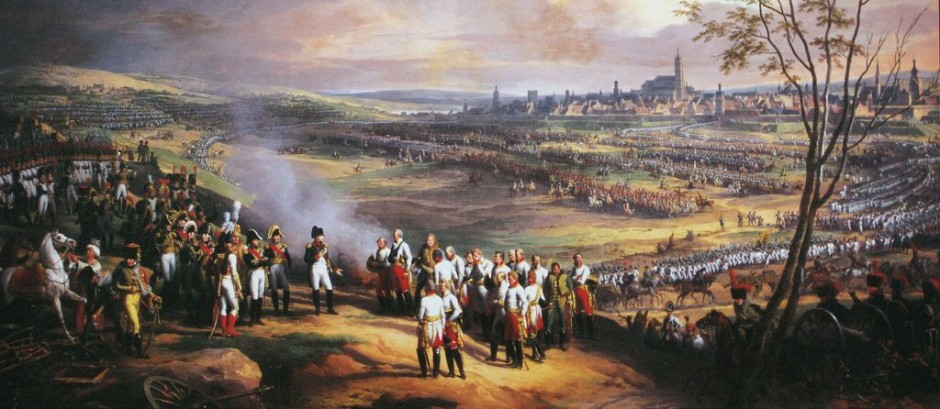A.P. European History – Palmer Study Guide Term Definitions
ALL items to be defined will be valued at TEN (10) marks. The mark allocation for EACH term will be awarded according to the following criteria.
Definitions ARE:
- A reflective synthesis of your scholarly approach toward the subject.
- A compilation of categorical knowledge about the item to be defined.
- A purposeful, utilitarian approach toward the person or term or event.
- A stand-alone component of a larger idea within a possible exam question.
- A demonstration of synopticity – an example of the Historian’s Craft.
Definitions MUST satisfy:
Who – status, titles, perception, perspective, function…
What – role, relevance, purpose, significance, importance…
Where – nation, country, region, locality….
When – date of event, contextualization, periodization….
How – part of what process, example of what principle, demonstrative of what…
Why – causation, significance, motivation…
and
To what extent – EACH term, person, event is worthy of your JUDGMENT: over all historical assessment or evaluation as to the significance of the item to be defined.
Definitions are NOT:
Derived from Palmer ALONE (use Kennedy, Trevor-Roper, any credible source)
Long-winded – Comprehensive and robust, but succinct– aim for 1-3 sentences
Merely conceptual – must be well-substantiated responses
Repetitive in diction, phrases, or sentence structure
Works of prose – surgically select and deploy without wasting words
